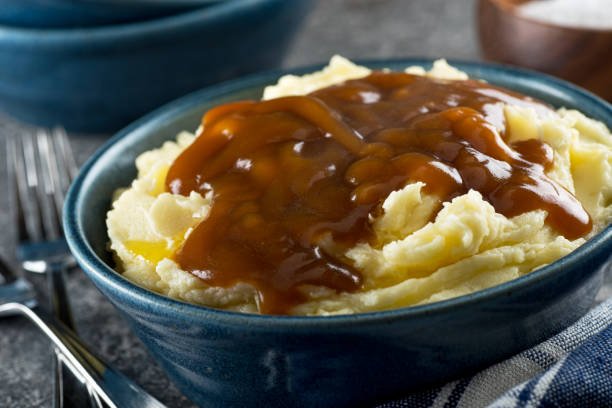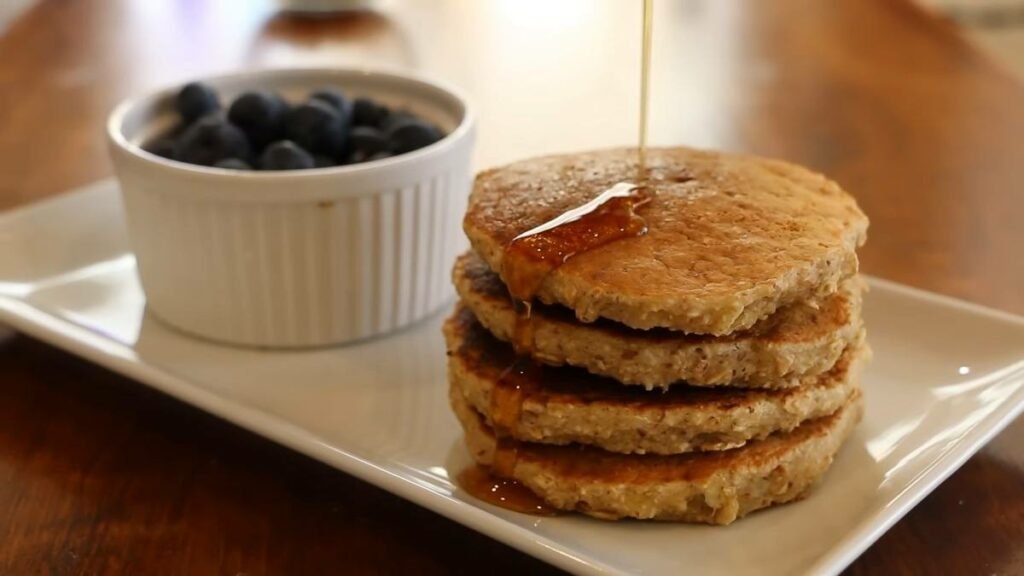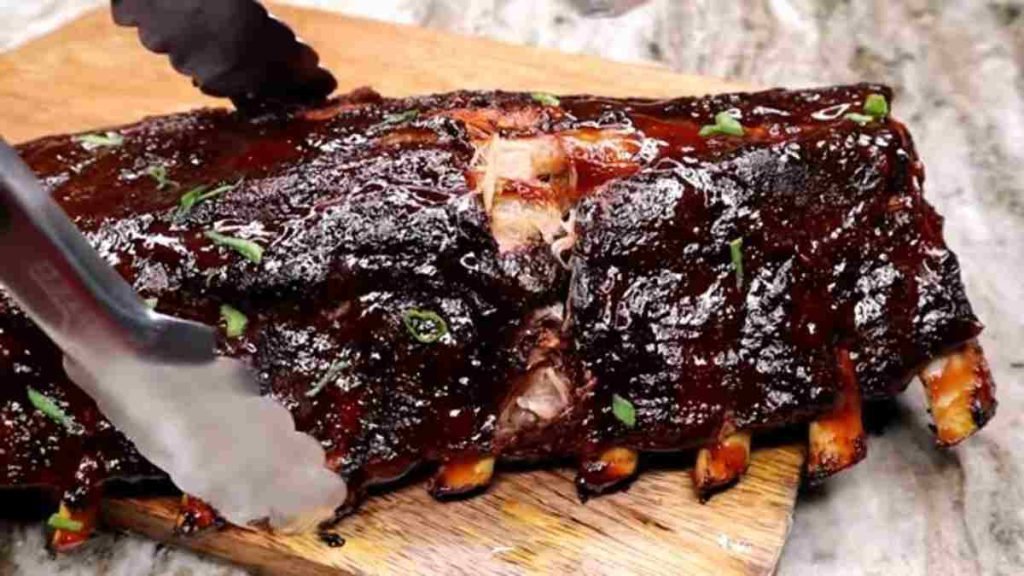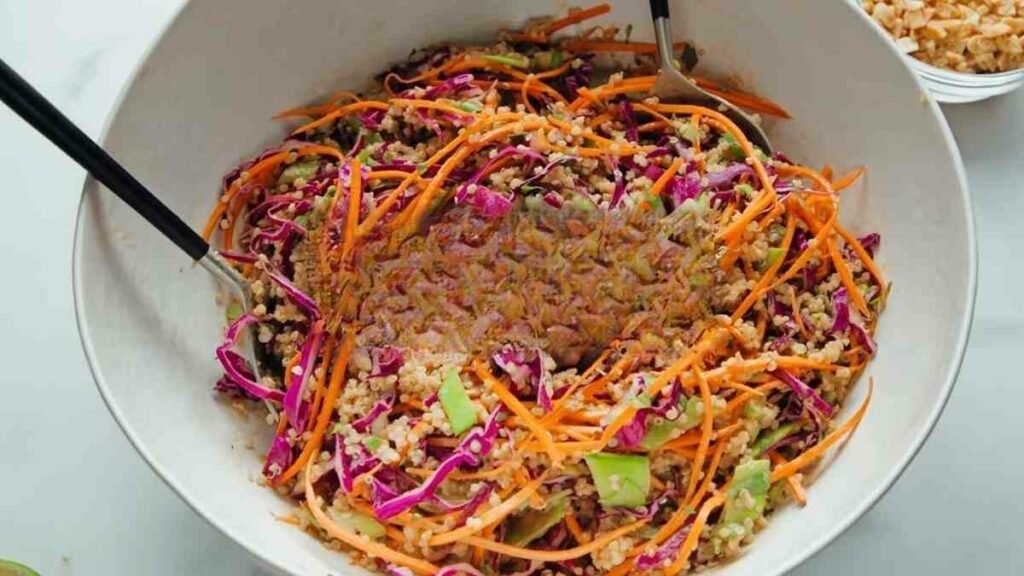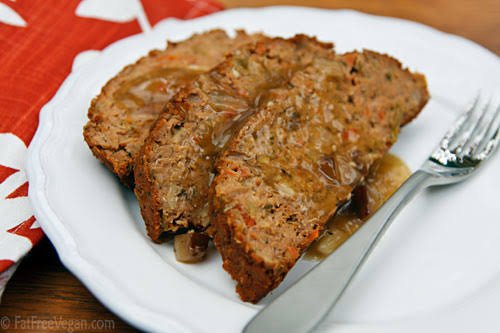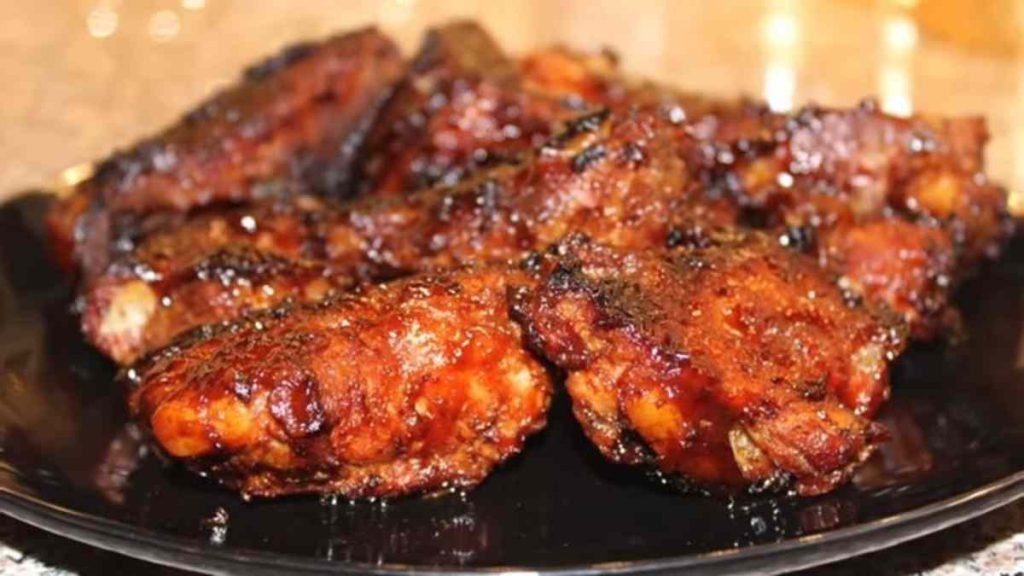Casseroles are a classic comfort food that can be easily adapted to suit a vegan diet. Casseroles are a popular type of dish that can be made in a variety of different ways. They are often considered heavy and filled with meat and cheese, but this doesn’t have to be the case. Casseroles can be made vegan and still be delicious and satisfying. In this article, we will be sharing a recipe for a vegan casserole with potatoes that is both delicious and nutritious.
Casseroles are one of the most versatile and convenient meals for busy individuals and families. A casserole can be made with various ingredients and served for any meal. However, traditional casseroles are often loaded with animal products, such as meat, cheese, and cream, making them unsuitable for those following a vegan diet.
Ingredients You’ll Need:
- 5 large potatoes, peeled and sliced: Potatoes are the main ingredient in this casserole, providing a strong and starchy base. They are peeled and sliced to create layers in the casserole.
- 2 tablespoons olive oil: Olive oil is used for sautéing the vegetables and adding flavor to the dish. It also helps prevent sticking and adds a rich texture to the casserole.
- 1 large onion, diced: The onion adds a savory flavor to the casserole. It becomes tender and sweet when cooked, enhancing the dish’s overall taste.
- 3 cloves garlic, minced: Garlic is known for its aromatic and spicy flavor. It adds depth and complexity to the dish, enhancing the overall taste.
- 1 red bell pepper, diced: Red bell pepper adds color, sweetness, and crunch to the casserole. It also provides essential vitamins and antioxidants.
- 1 green bell pepper, diced: Green bell pepper has a slightly different flavor profile than red bell pepper, adding variety and freshness to the dish. It complements the other vegetables in the casserole.
- 1 can diced tomatoes (14 oz): Diced tomatoes provide a tangy and juicy element to the casserole. They add moisture and contribute to the overall flavor profile.
- 1 cup vegetable broth: Vegetable broth adds depth and richness to the casserole. It helps in cooking the potatoes and infusing them with flavor.
- 1 teaspoon dried oregano: Oregano is a herb with a robust and slightly bitter flavor. It adds a Mediterranean touch to the casserole and pairs well with potatoes.
- 1 teaspoon dried basil: Basil is a fragrant herb with a slightly sweet and peppery flavor. It complements the other herbs and vegetables in the casserole, adding freshness to the dish.
- Salt and pepper to taste: Salt enhances the flavors of the ingredients and balances the overall taste. Pepper adds a subtle heat and complements the other spices and herbs.
- 1/2 cup chopped fresh parsley: Fresh parsley adds a pop of color, freshness, and a mild herbal flavor to the casserole. It can be used as a garnish as well.
Equipment You’ll Need:
- A large casserole dish
- A large skillet or frying pan
- A wooden spoon
- A cutting board
- A sharp knife
- Measuring spoons and cups
- Aluminum foil
How to Prepare Your Vegan Casserole With Potatoes
Whether you’re a seasoned vegan or simply exploring the world of plant-based cooking, this recipe will surely tickle your taste buds and satisfy your hunger.
Step 1: Preheat oven and prepare vegetables
Preheat your oven to 375°F (190°C). Peel and thinly slice 2 lbs of potatoes, dice 1 large onion, and mince 2 garlic cloves. Dice 1 red and 1 green bell pepper, and set aside.
Step 2: Sauté vegetables
Heat 1 tablespoon of olive oil in a large skillet over medium heat. Add the diced onions, minced garlic, and sauté until the onions are translucent. Add the diced red and green bell peppers and continue to sauté for another 2-3 minutes.
Step 3: Add tomatoes and spices
Add 1 can of diced tomatoes to the skillet and stir well. Then, add 1 teaspoon of dried thyme, 1 teaspoon of dried oregano, and salt and pepper to taste. Stir to combine all ingredients.
Step 4: Layer potatoes and vegetables
In a 9×13-inch baking dish, layer half the thinly sliced potatoes on the bottom. Pour half of the vegetable mixture over the potatoes. Repeat this layering process with the remaining potatoes and vegetables.
Step 5: Add broth and vegan cheese
Pour 1 cup of vegetable broth evenly over the casserole. Then, sprinkle 1 cup of shredded vegan cheese over the top.
Step 6: Bake
Cover the baking dish with foil and bake in the oven for 45-50 minutes or until the potatoes are cooked and the cheese is melted and bubbly.
Step 7: Garnish and Serve
Remove the foil from the baking dish and garnish with chopped fresh parsley. Serve hot, and enjoy your delicious vegan potato casserole!
Serve the vegan potato casserole hot, and enjoy!
Tips and Tricks for the Perfect Vegan Casseroles Potatoes
Whether you’re preparing a comforting family meal, hosting a dinner party, or simply looking to add a touch of creativity to your weekday cooking, mastering the art of the perfect vegan casserole can be your ticket to culinary bliss.
- Choose the Right Potatoes: Several types of potatoes can work for this dish, but it’s best to choose starchy potatoes like russets or Yukon golds. They have a soft and fluffy texture, which makes them perfect for casseroles. They also absorb flavors well, so their taste can blend with other ingredients.
- Cut the Potatoes Evenly: Cut the potatoes evenly to cook at the same rate. You can slice them into thin rounds with a sharp knife or a mandoline. If you cut them too thick, they might take longer to cook and may not be as tender.
- Pre-Boil the Potatoes: Pre-boiling the potatoes for a few minutes before assembling the casserole helps them to cook evenly and eliminates the risk of having hard and undercooked potatoes. Pre-boiling also helps to reduce the cooking time, so the dish is ready faster.
- Season the Potatoes Well: Potatoes on their own can be bland, but in this dish, they soak up all the flavors from the cheese, milk, and other ingredients. To ensure they are well-seasoned, use enough salt and pepper to taste, or add your favorite herbs or spices.
- Use a Creamy Sauce: A creamy sauce helps to bind the potatoes together and makes the dish richer and more flavorful. You can combine milk and cream or substitute sour cream or Greek yogurt for a tangy taste.
Nutritional Benefits of Vegan Casseroles With Potatoes
They are incredibly delicious and provide essential nutrients that can contribute to a well-balanced vegan diet.
- They are an excellent source of complex carbohydrates, providing sustained energy while keeping you satiated. Additionally, potatoes are rich in dietary fiber, which aids digestion and promotes a healthy gut. They are also packed with important vitamins and minerals such as vitamin C, potassium, B6, and manganese.
- Legumes such as lentils, chickpeas, or black beans can be included in the casserole to boost protein. These legumes provide protein and contain essential amino acids, iron, and folate, making them valuable additions to a vegan diet.
- Adding ingredients like avocado, nuts, seeds, or olive oil can enhance the dish’s flavor, texture, and nutritional value. These sources of healthy fats provide omega-3 fatty acids, vitamin E, and monounsaturated fats, which have been linked to heart health and reduced inflammation.
- Turmeric, cumin, paprika, garlic, oregano, and thyme are just a few examples of flavorful additions that also offer potential health benefits, such as antioxidant and anti-inflammatory properties.
Vegan Casseroles With Potatoes Is Best Served With?
Whether mashed, roasted, or sliced, they lend their unique taste and texture to vegan casseroles, creating a symphony of flavors that will tantalize your taste buds and leave you craving more.
- Classic Potato and Vegetable Casserole: One of the most popular vegan casseroles with potatoes is the classic potato and vegetable casserole. This dish combines layers of sliced potatoes, mixed vegetables, and a creamy plant-based sauce. Consider serving it with lightly steamed green beans or a fresh garden salad to complement this casserole. The crispness of the greens and the vibrant flavors will balance the richness of the casserole beautifully.
- Vegan Shepherd’s Pie: A vegan twist on the traditional Shepherd’s Pie, this casserole is a delightful combination of savory lentils or mushrooms, diced vegetables, and a fluffy mashed potato topping. To enhance the flavors of this comforting dish, serve it with a side of roasted Brussels sprouts or caramelized carrots. The roasted vegetables add depth and a hint of sweetness that pairs wonderfully with the hearty pie.
- Vegan Sweet Potato and Chickpea Casserole: Try the sweet potato and chickpea combination for a unique and flavorful vegan casserole. This dish combines sweet potatoes’ natural sweetness, chickpeas’ nuttiness, and aromatic spices. To complement these flavors, serve the casserole with lightly dressed kale salad or a refreshing cucumber and mint raita. The contrast of the fresh greens or cooling yogurt-based sauce will enhance the overall dining experience.
- Vegan Potato and Spinach Casserole: Combining the nutritional powerhouses of potatoes and spinach, this vegan casserole is a winner regarding taste and health benefits. The creamy texture of the potatoes pairs beautifully with the earthy flavors of the spinach. To complete the meal, serve it with a side of sautéed garlic mushrooms or a tangy tomato salsa. The umami-rich mushrooms or the bright acidity of the salsa will complement the casserole and add an extra layer of depth to each bite.
- Vegan Potato and Lentil Casserole: Lentils are a great source of protein and fiber, and when combined with potatoes, they create a satisfying and nourishing casserole. Treat it with roasted root vegetables or a simple quinoa salad to elevate the dish. The combination of roasted root vegetables adds sweetness and a variety of textures, while the quinoa salad provides a light and refreshing element.
Storage Tips for Vegan Casseroles With Potatoes
Whether you’re a busy professional, a student with a hectic schedule, or someone who loves to meal prep, mastering the art of storing vegan casseroles with potatoes can be a game-changer.
- Refrigeration: Vegan casseroles with potatoes should be refrigerated promptly to inhibit bacterial growth and maintain freshness. Place the cooled casserole in the refrigerator within two hours of cooking. Ensure the refrigerator temperature is set at or below 40°F (4°C) to prevent spoilage. Proper refrigeration can typically keep your casserole fresh for three to four days.
- Freezing for Extended Storage: If you have leftovers or want to make casseroles in advance, freezing is an excellent option. Freezing helps extend the shelf life of your vegan casserole for up to three months while preserving its taste and texture. However, freezing can affect the potatoes’ texture, making them slightly softer upon thawing.
- Thawing and Reheating: Thaw it in the refrigerator overnight when ready to enjoy your frozen vegan casserole. Slow thawing in the refrigerator helps retain the flavors and prevents the growth of harmful bacteria. Once thawed, reheat the casserole in the oven or microwave until it reaches an internal temperature of 165°F (74°C) for food safety.
- Freshen Up Before Serving: To freshen up the flavor of your vegan casserole before serving, consider adding some freshly chopped herbs, a squeeze of lemon juice, or a sprinkle of nutritional yeast. These simple additions can help revitalize the dish and elevate its taste.
Are There Any Dairy-Free Substitutes I Can Use In Vegan Potato Casserole Recipes?
Yes, you can use several dairy-free substitutes in vegan potato casserole recipes to create creamy and delicious dishes.
Here are some popular options:
- Plant-based milk: Replace regular dairy milk with almond milk, soy milk, oat milk, or coconut milk. These alternatives provide a creamy texture and subtle flavor to the casserole.
- Vegan cheese: There are many brands of vegan cheese available, made from ingredients like nuts, soy, or tapioca starch. Look for a dairy-free cheese that melts well and has a flavor you enjoy.
- Nutritional yeast: This is a popular ingredient among vegans, as it adds a cheesy, nutty flavor to dishes. Sprinkle nutritional yeast over the potato casserole or mix it into the sauce for a savory boost.
- Cashews: Soak raw cashews in water and blend them to create a creamy cashew cream. This can be used as a substitute for heavy cream or to thicken sauces in your potato casserole.
How Can I Make My Vegan Potato Casserole More Flavorful?
What if you find yourself craving a little extra zest, a burst of flavors that will awaken your taste buds and leave you craving more?
- Experiment with a variety of spices and herbs to enhance the flavor profile of your casserole. Options like garlic powder, smoked paprika, thyme, rosemary, and cumin can add depth and complexity.
- Enhance the taste by adding flavor-boosting ingredients like nutritional yeast, tamari or soy sauce, miso paste, vegetable bouillon, or vegan Worcestershire sauce.
- Incorporate roasted vegetables like bell peppers, onions, or mushrooms into your casserole for added flavor and texture. Roasting brings out their natural sweetness and intensifies their taste.
- Use dairy-free cheese alternatives or create a creamy sauce using ingredients like cashews, nutritional yeast, plant-based milk, and spices. These additions can provide richness and a savory dimension to your casserole.
- Add a flavorful topping like breadcrumbs mixed with herbs, crushed potato chips, or a sprinkle of vegan Parmesan to create a crispy and flavorful crust.
Conclusion
Whether you follow a vegan, vegetarian, or gluten-free diet, these casseroles can be customized to suit your needs. They are an excellent way to pack essential vitamins, minerals, and fiber, ensuring you get the nutrients your body requires.
Moreover, preparing vegan casseroles with potatoes is a convenient and time-saving option. You can easily assemble the ingredients in advance and bake the casserole when you’re ready to serve, making it ideal for busy weeknights or when hosting guests. Leftovers can be stored and reheated, providing a delicious and effortless meal solution throughout the week.





